We all know that balance is one of the major keys to mobility and agility. Most of us take balance training for granted, however. Certainly, we have all lost balance temporarily before a slip or tumble. However, losing balance for extended periods of time can be disruptive and debilitating.
In this article we will be covering the following strength exercises to improve balance:
There are several conditions that can lead to long term balance interruptions. Some include, inner ear infections, head injuries, circulation problems, or abnormal blood pressure readings. The length of time that your balance is effected can vary depending on the severity of the situation and treatment options.
Strength training for Balance
While many balance problems can be treated with medication or even surgery, another key treatment area is a customized at-home exercise program. One of the most important muscle groups for strong balance are your abdominals. They, alongside the obliques, are the body’s centre of mass, the core. The core muscles allow us to remain secure in our footing when the terrain is uncertain. They essentially allow you to walk freely without falling over, which is why they are a major focus in balance work.
In addition to strong core muscles, focus must also be given to strengthening the ankles, knees and hips. Here are our top five recommendations for an at-home balance training exercises.
Plank
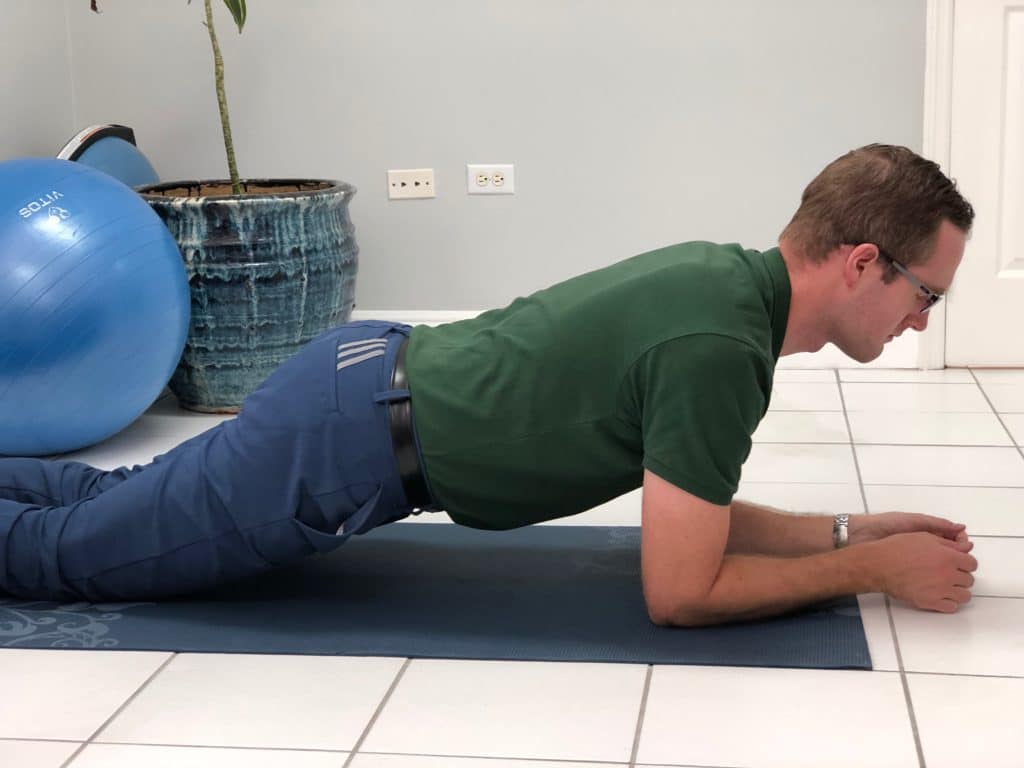
We chat a lot about blank on our social channels and in the clinic. The reason being is that plank pose generates a lot of muscle stimulation. To get into plank pose, lie down on your stomach and curl your toes onto the floor or mat. Hoist yourself onto your forearms by stacking your elbows under your shoulders. Make sure that your back is in line with your neck and legs; hold this for 30 seconds. You can modify this position by coming down to your knees.
Single Leg Stance
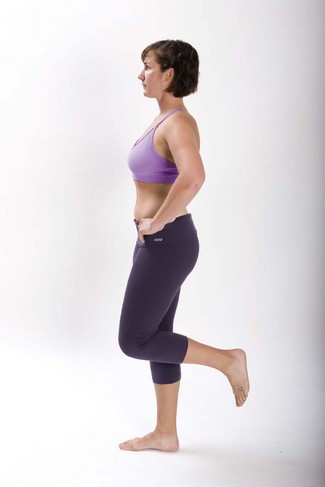
It may seem like a beginner move, but standing on one leg can be a major strength builder. Pick up one foot and bring your leg to the side in an almost right angle to your hip. Hold this for 20 seconds and switch legs. Repeat for five reps on each foot. Don’t worry about how high the leg lifts to start, simply find balance in the standing leg.
Tandem Stance
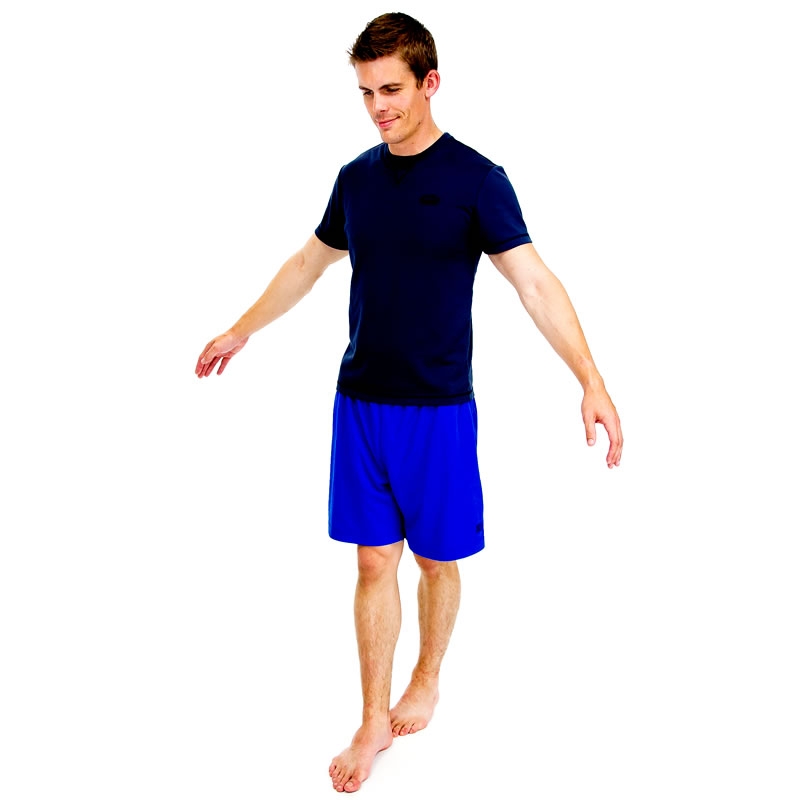
Think balance beam! The tandem stance position is a balance training staple. It involves having one foot in front of the other. The heel of your front foot touches the toes of your back foot. This can be an unsettling position at first, so it may make sense to have a counter top or table nearby for support. Try to hold this position for 15 seconds and then switch feet. Never let yourself sway out of control.
Lateral Lunge
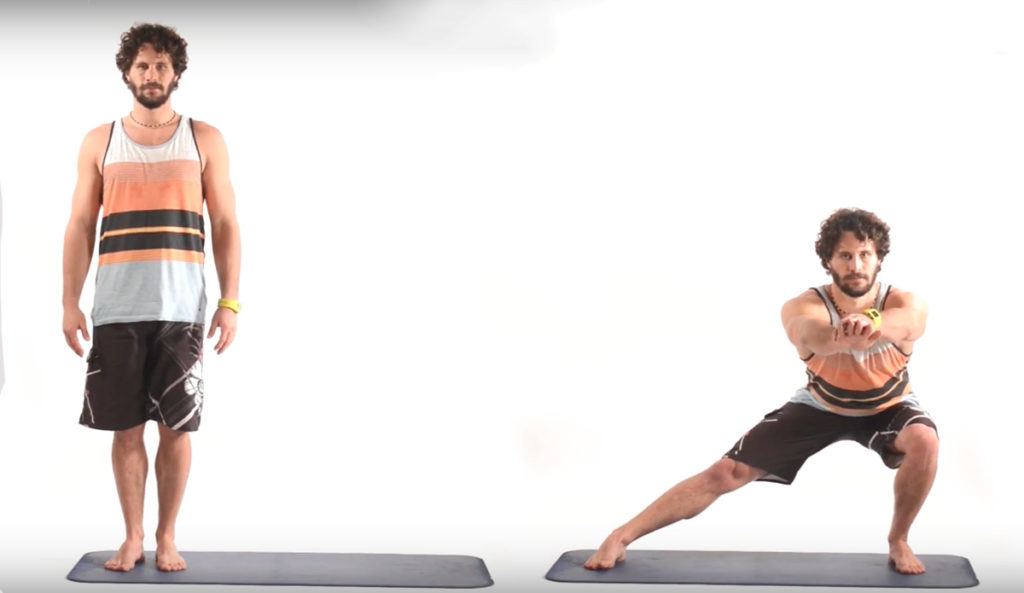
Side lunges help to build strength in each leg individually, thus increasing balance. Stand with feet together and hands clasped in front of chest. Take a large step out to the right, while sinking your hips back and bending your right knee. Aim to track your knee directly over your right ankle. Keep left leg straight but not locked, with both feet pointing forward. Push off the right foot to straighten right leg, step right foot next to left, and return to starting position. Do 8 to 12 reps. Repeat on the other side. Try 3 sets per side.
Single Leg Dead Lift
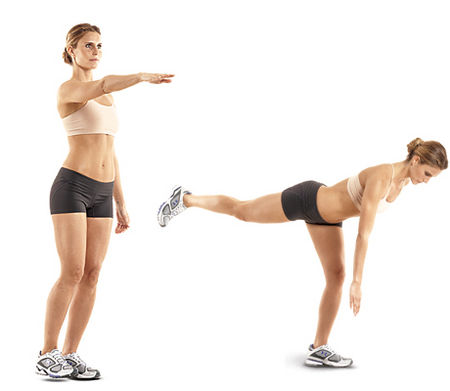
This hip-hinge movement that strengthens the back, core and legs. From a standing position, shift your weight to the right leg, keeping a slight bend at the right knee. Drive your left foot back like you’re pushing your foot onto a wall behind you, while keeping the leg straight. Simultaneously, slowly start hinging at the waist, tipping your torso forward until it’s almost parallel to the floor. Keep your arms straight, at shoulder height, and perpendicular to the floor at all times. Then, begin pulling your left leg forward while keeping it straight, and lift your torso up until you’re standing again. That’s one rep. Repeat all reps on one side, then switch legs.
If you have any questions about any of these balance training exercises or would like to discuss a tailored program for balance or any other condition, we’d love to help!

